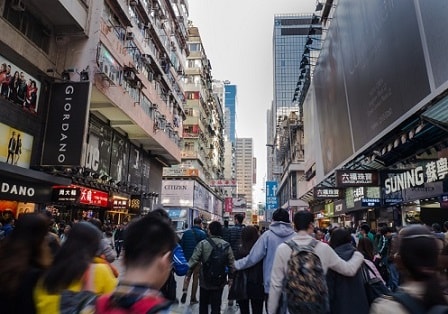The influence of Asia on the New Zealand economy cannot be underestimated, and therefore the fact that countries that suffered in the Asian financial crisis have substantially reduced their external vulnerabilities and improved risk management over the past two decades bodes well locally.
However, the high asset prices and rapid credit growth in recent years are reminiscent of conditions that prevailed when the Thai baht’s peg broke on July 02, 1997, said Mark Legge, S&P Global Ratings insurance senior director and credit analyst.
According to S&P Global Ratings’ recently published report
“20 Years After The Asian Financial Crisis: Five Differences Between Then And Now”, many of the direct causes of the Asian financial crisis were addressed head-on in the aftermath, especially in the external sector.
“Most importantly, currencies were made much more flexible and the associated implicit government guarantee on exchange rates is now much reduced,” said Paul Gruenwald, S&P Global Asia-Pacific chief economist.
However, in its report, S&P Global Ratings examined whether today’s danger signs are being ignored, as was the case in the run-up to the crisis two decades ago.
With this question in mind, it looked at five differences between then and now in its sovereign credit ratings; the region’s external vulnerabilities; asset prices; growth drivers; and the health of banks.
“A couple of decades on, some Asian sovereigns still bear the scars of the Asian financial crisis,” said S&P Global Ratings credit analyst Kim Eng Tan.
“Many of our regional sovereign ratings were lowered during 1997-1999 and some have yet to return to levels prior to the crisis.”
Among the differences between then and now is that many Asian countries look more to China than the US as a destination for final exports. Moreover, in recent years, investment outflows from China have helped drive up regional asset prices, particularly in the property sector.
“Real estate prices are invoking comparisons with the Asian asset bubbles that burst two decades ago,” said S&P Global Ratings credit analyst Christopher Yip.
“Today, the more relevant issue for Asia-Pacific asset prices is not rigid and artificial currency regimes, but cheap and plentiful money.”
Banks in the region are still key financial intermediaries, which makes them vulnerable to any macroeconomic shocks, just as was the case two decades ago.
“We currently have a negative rating bias on the region’s bank portfolio, indicating that ratings could be lowered should downside risks occur,” said S&P Global Ratings analyst Gavin Gunning.
Related stories:
Flat Asia-Pacific growth on the 20th anniversary of regional crisis – S&P Global
Global premiums rising – outlook positive


